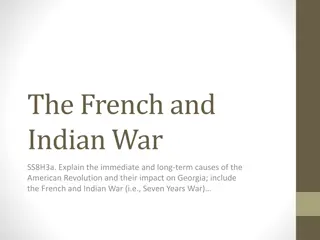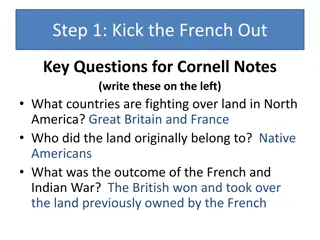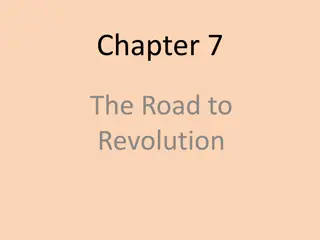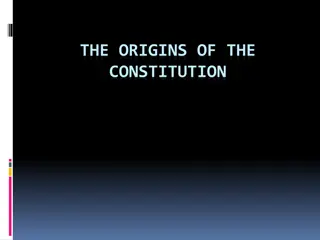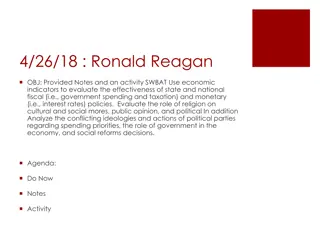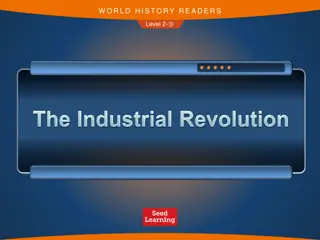The Path to Victory: American Revolution in the South
The American Revolution in the South saw pivotal battles including the British capture of Savannah, American defeats at Charles Town and Camden, guerrilla warfare led by Francis Marion, and the turning point at Yorktown where Cornwallis surrendered in 1781, marking the end of British efforts in the Southern strategy.
Download Presentation

Please find below an Image/Link to download the presentation.
The content on the website is provided AS IS for your information and personal use only. It may not be sold, licensed, or shared on other websites without obtaining consent from the author.If you encounter any issues during the download, it is possible that the publisher has removed the file from their server.
You are allowed to download the files provided on this website for personal or commercial use, subject to the condition that they are used lawfully. All files are the property of their respective owners.
The content on the website is provided AS IS for your information and personal use only. It may not be sold, licensed, or shared on other websites without obtaining consent from the author.
E N D
Presentation Transcript
The Path to Victory The Path to Victory
AFTER 3 years of fighting, the British decided to move the war SOUTH December 1778 British capture Savannah and then conquer most of Georgia Battle of Charles Town British General Henry Clinton trapped Americans and they surrendered worst defeat
American General Horatio Gates met BritishGeneral Lord Cornwallis August 1780 Americans half-starved, panicked & fled They left Baron De Kalb and his soldiers behind - DeKalb died American spirits hit a low
British still not gain control of SOUTH Countryside filled with hostel rebel sympathizers Swamp Fox famous guerilla leader Francis Marion led cunning attacks for this base in the swamps
Washington puts General Greene in charge of American army after Gen Horatio Gates defeat Jan 1781 wins a battle against Lord Cornwallis at Cowpens, South Carolina March 1781 wins against Lord Cornwallis in Battle of Guilford BRITISH FINALLY ADMIT THEIR SOUTHERN STRATEGY HAD FAILED
Cornwallis marched to Yorktown, Virginia to await supplied by ship from NY Washington joined with French General Jean Rochambeau and marched south from NY French ship from West Indies blocked the Chesapeake Bay preventing supplied to Yorktown BATTLE OF YORKTOWN had begun
British try to protect self with redoubts (small forts) encircling town But when Americans captured redoubts, they able to move closer to British October 9, 1781 Cornwallis surrendered! British Prime Minister Lord North gasped It s all over!!
MOTIVATION fought for lives, property, ideals POPULAR SUPPORT many civilians supported revolution LEADERSHIP inspired loyalty and patriotism FOREIGN ALLIES French, Spanish & Dutch MOTIVATION fought for pay POPULAR SUPPORT no widespread support in Britain LEADERSHIP over- confident, disunited FOREIGN ALLIES None. Many turned against GB AMERICAN STRENGHTS BRITISH WEAKNESSES
COMMUNICATION & SUPPLIES fought close to home; made sure British not live off land TROOP STRENGTH fewer troops, but local militia helped. 250,000 fought for Patriot cause COMMUNICATION & SUPPLIES orders from London took months; had to transport over 3000 miles TROOP STRENGTH 54,000 British troops AMERICAN STRENGTHS BRITISH WEAKNESSES
George Washington wrote farewell letter to his armies (the armies endurance) through almost every possible suffering and discouragement for the space of eight long years, was little short of a standing miracle.









